Plant Cuttings
Plants such as these osteospernums are very easy to propagate from plant cuttings.
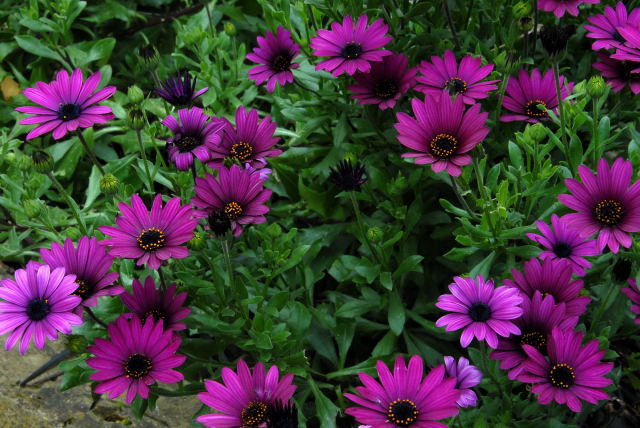
There are a couple of reasons to take cuttings:
- Easily increase your stock of plants.
- Provide insurance against a harsh winter.
With some tender perennials such as these osteospernums, propagation from seed can produce variable results. So if you have a particular variety you enjoy, propagation by stem cuttings provides you with countless identical plants.
The process of rooting cuttings is very simple.
First of all you need to take your cuttings. This can be done at any time of the year when the plants are growing strongly.
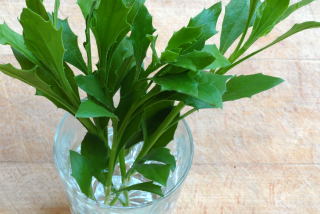
Ideally the cuttings should be taken early in the morning when the plants are nicely puffed up with water.
You want non-flowering stems, i.e. with no buds.
Snip the stems of with a pair of scissors.
Whilst you get every thing else ready, store the stems in a glass of water.
.
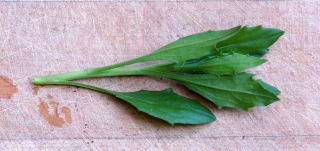
This picture shows an untrimmed stem cutting.
.
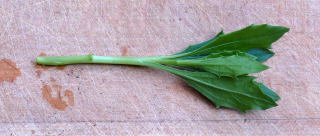
Remove all the lower leaves from the stem.
.
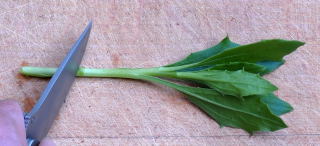
Using a sharp clean knife, slice through the stem just below a node (where the leaves used to be).
This is where the new roots will be produced.
.
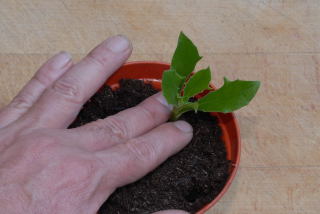
Insert your plant cutting into a pot.
Use a mixture of 2:1. Multi-purpose compost : Sharp sand.
There is no need to sterilise the compost.
Place about 5 plant cuttings to a pot.
.
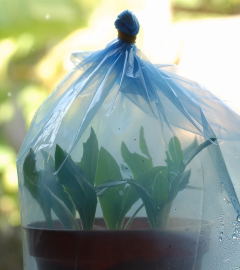
When you have finished, water the pots from below. The pots can either be placed in a heated propagator (gentle heat) or they can simply be placed inside a clear plastic freezer bag and left on a bright window sill ( No direct sun).
.
Plant cuttings placed within a heated propagator should root within 3-5 weeks. During this time it is crucial that the cuttings do not dry out, so keep a regular check on them.
Plants grown within a plastic bag will be self sufficient. When there are obvious signs of growth, (stems growing and roots appearing) it is safe to let you plants out of the bag. Initially cut a few holes in the plastic to allow the plants to acclimatise to dryer conditions, especially if grown indoors. If not some of the stem tips may wither.
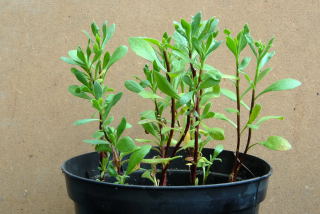
Here are some plant cuttings that were prepared earlier.
.
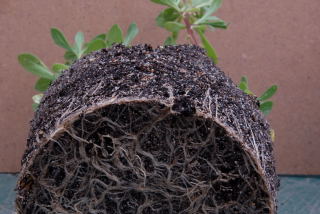
There is clearly a well developed root system. In fact these plants could have been divided a lot sooner.
.
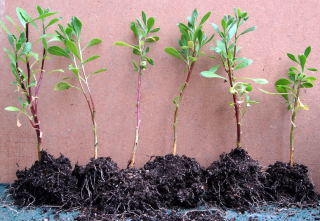
The gritty compost in which the plants were grown, makes it easy to separate the individual plants with a gentle bit of tugging. Watering the compost before division will also make this task easier.
.
That is about it really. This procedure can be applied to any number of plants growing a proper stem.
The process of growing Dahlias' from cuttings is explained here.
.

